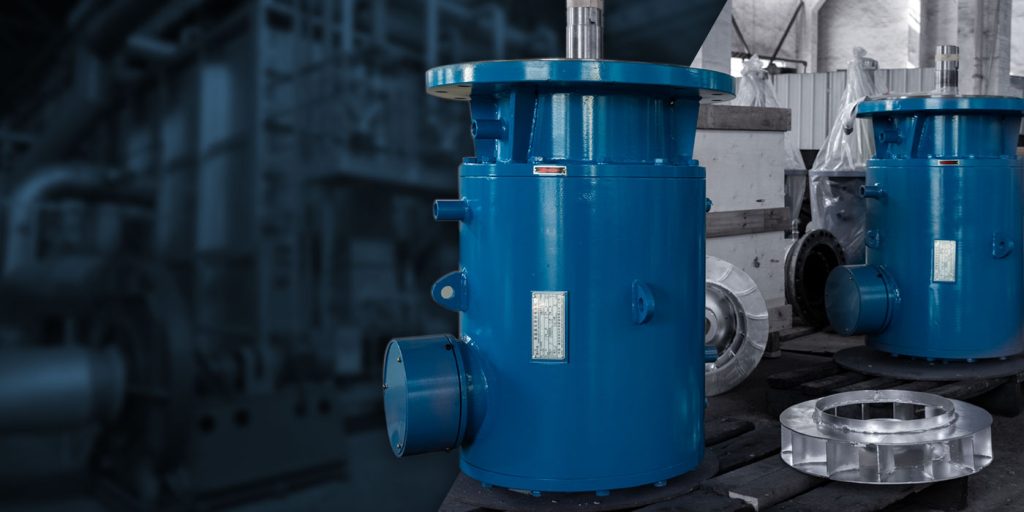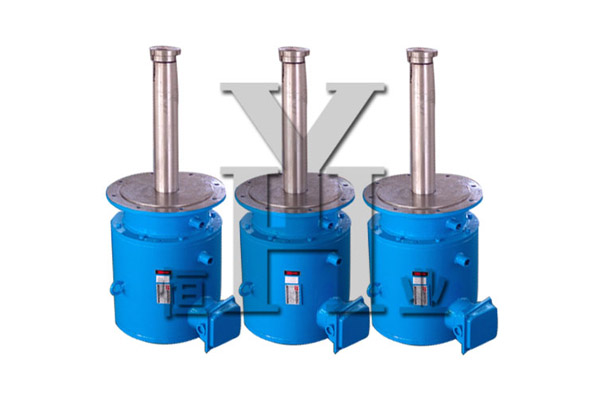Electric motors are key components in many industries, and their efficient operation is critical for effective performance. Two of the most common cooling methods for electric motors are water jacket cooling and air cooling. In this article, we’ll explore the differences between these two types of cooling methods and their advantages and disadvantages.
Water Jacket Cooled Motors
Water jacket cooled motors rely on a circulating system of water to transfer heat from the motor to the external environment. The motor’s stator and rotor core are encased in a water jacket that circulates the water through the motor. The heated water is then transported away to an external cooling system where it’s cooled and then circulated back into the motor.
Air-Cooled Motors
On the other hand, air-cooled motors rely on the surrounding air as a cooling medium. The motor’s exterior surface is designed with fins or a ribbed surface to increase the surface area, allowing for more efficient heat transfer to the surrounding air. Air-cooled motors may incorporate a forced air-cooling system in which a fan circulates air over the motor’s surface, increasing the heat transfer rate.
Cooled Motor vs Air-Cooled Motor: the 7 Differences
Efficiency
The cooling method used in a motor has a significant impact on the operating efficiency of the motor. Water jacket cooled motors are known for their high efficiency rates due to the coolant’s consistency and the ability to control the motor’s temperature accurately. Air-cooled motors, on the other hand, tend to have fluctuating temperatures, which can impact their operating efficiency.
Cooling Method
The main difference between water jacket cooled motors and air-cooled motors is the cooling method. Water jacket cooled motors are cooled by circulating water through the motor’s core, while air-cooled motors use the surrounding air to cool the motor’s surface. In a water jacket cooled motor, the pump circulates water, removing heat from the motor and carrying it away to an external cooling system. In contrast, an air-cooled motor relies on natural or forced convection to dissipate heat from the motor’s surface.
Efficiency
Water jacket cooled motors are more efficient than air-cooled motors because they maintain a consistent temperature, reducing the risk of overheating and reducing energy wastage. Air-cooled motors are less efficient because they rely on natural or forced convection to remove heat from the surface, which can lead to temperature fluctuations.
Noise
Water jacket cooled motors tend to be louder than air-cooled motors because of the water pump’s noise and the maintenance of the water coolant in the system. Air-cooled motors are quieter in operation because there are no pumps or liquids being processed.
Protection Against Corrosion
Water jacket cooled motors offer better protection against corrosion, as the coolant can be treated to prevent corrosive agents from damaging the motor. Air cooled motors are more susceptible to corrosion, so the material used for the exterior coating must be resistant to environmental conditions to avoid damage and reduce downtime.
Initial Cost
Air-cooled motors are generally cheaper than water jacket cooled motors because they require less maintenance, have fewer components, and a simpler design. They’re an attractive option for applications that don’t require high power output, and that’s why it makes them the preferred choice for cost-conscious buying decisions.
Maintenance Cost
Water jacket cooled motors require more intensive maintenance than air-cooled motors because of the water coolant circulating through the system. The water coolant needs to be chemically treated, periodically checked for leaks and maintained for quality. This can result in higher operational costs over time. Air-cooled motors require minimal maintenance because they don’t have a coolant or pump system.
Conclusion

The choice between a water jacket cooled motor and an air-cooled motor depends on various factors such as the application, environmental conditions, required efficiency, initial cost, and maintenance cost. Water jacket cooled motors offer higher efficiency, better protection against corrosion, while air-cooled motors offer lower initial costs and minimal maintenance. It’s essential to weigh the trade-offs of each motor type when deciding on which cooling method is the most appropriate for your specific industry or application.
